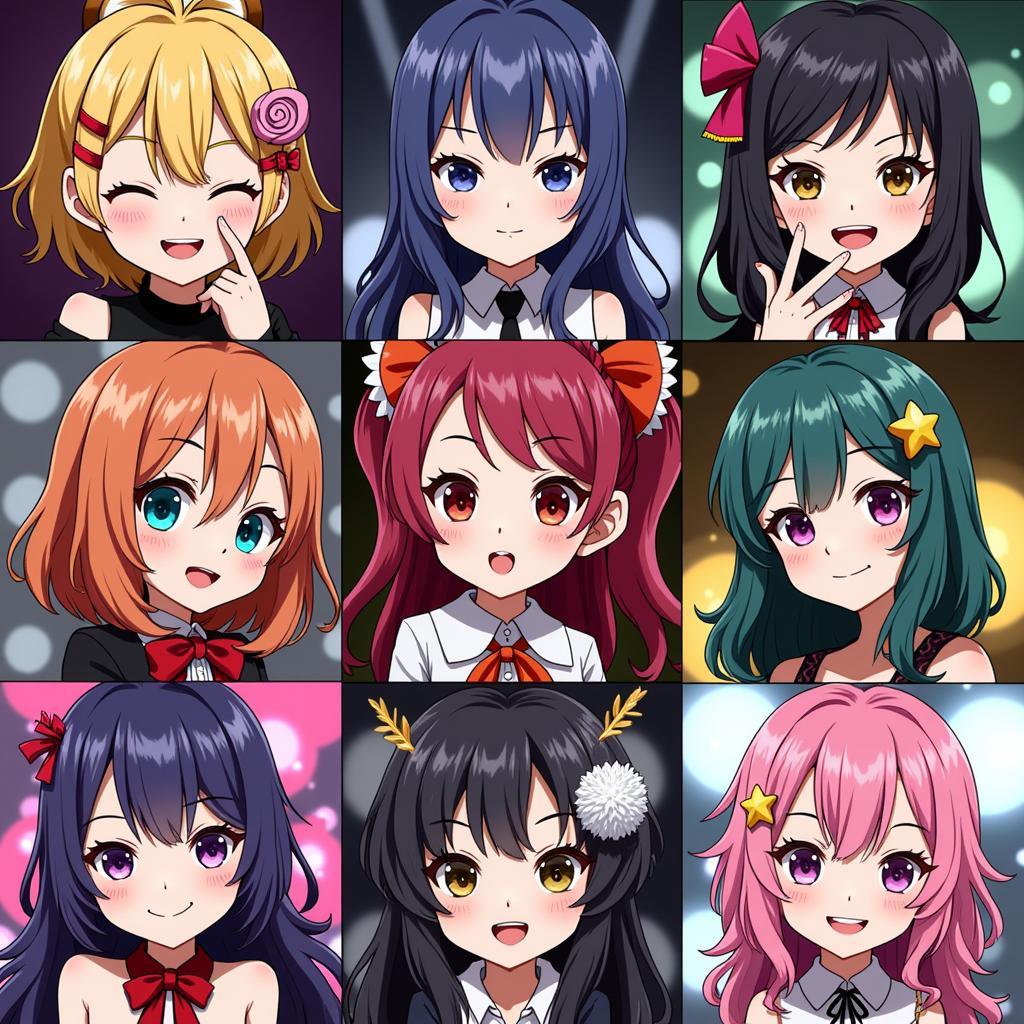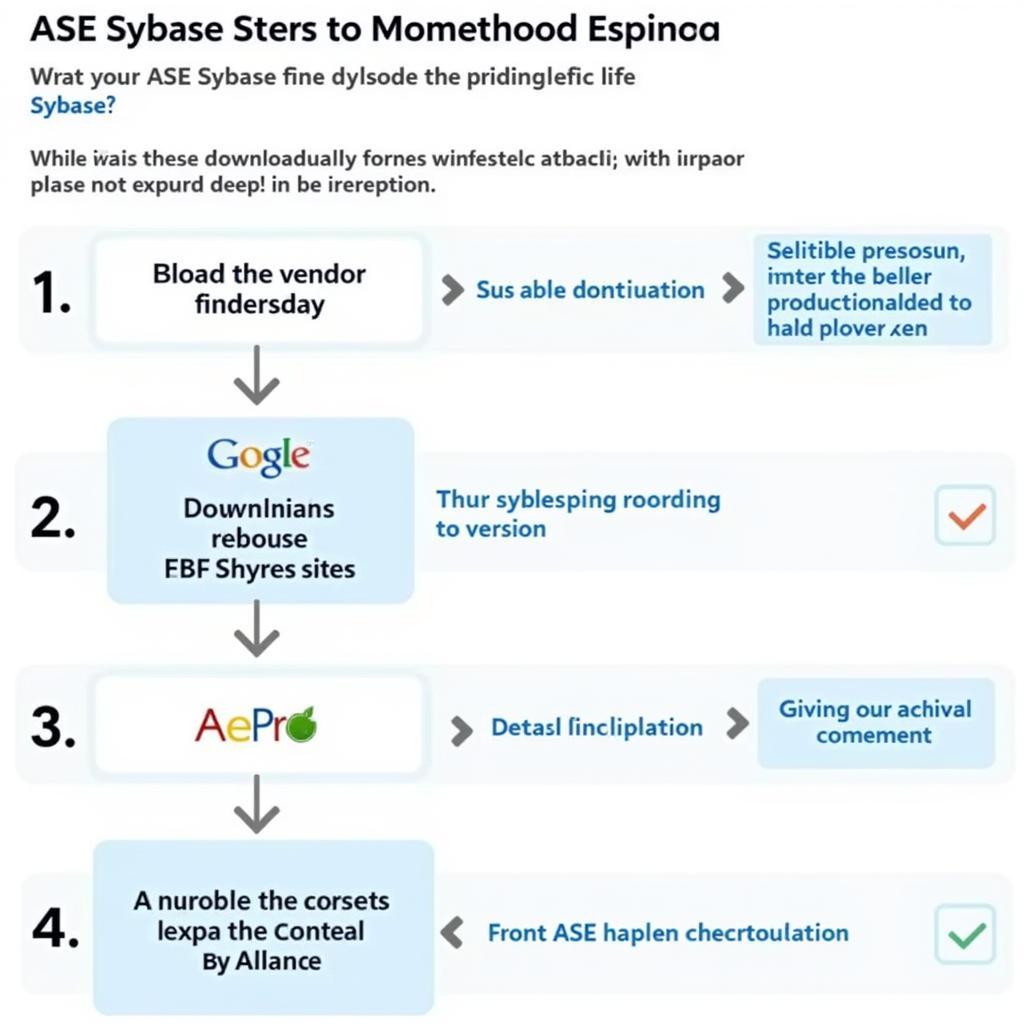As a melting pot of cultures and traditions, Southeast Asia presents a unique landscape of visual communication. Understanding the intricacies of ASEAN publication signs, symbols, and systematics is vital for anyone engaging with the region’s diverse media landscape. This exploration delves into the nuances of these visual elements, shedding light on their significance in conveying meaning and connecting with audiences across the diverse ASEAN region.
Deciphering the Visual Language
From intricate typography to symbolic imagery, ASEAN publications employ a rich vocabulary of visual cues to communicate their brand identity and content focus. These visual elements go beyond mere aesthetics, often drawing inspiration from local cultures, historical narratives, and societal values.
For instance, a publication focused on environmental issues in Indonesia might incorporate stylized elements from Javanese batik patterns representing nature and harmony. Similarly, a Malaysian lifestyle magazine could draw inspiration from traditional songket weaving patterns, symbolizing heritage and craftsmanship.
Cultural Nuances and Symbolism
The effective interpretation of ASEAN publication signs necessitates a deep understanding of the region’s cultural nuances and symbolism. A symbol considered auspicious in one country might hold different connotations in another.
Take the lotus flower, for example. Revered as a symbol of purity and enlightenment in several Southeast Asian cultures, it often graces publications related to spirituality, well-being, or personal growth. However, it’s crucial to consider context-specific interpretations to avoid misinterpretations or cultural insensitivity.
Navigating the Systematics
The systematics of ASEAN publication design, encompassing layout, typography, and color palettes, also play a crucial role in conveying information and engaging audiences. Many publications blend traditional aesthetics with modern design principles, creating a unique visual identity that resonates with both local and international readers.
For example, a Vietnamese publication might use a traditional red and gold color scheme associated with luck and prosperity while employing a contemporary layout and typography for a modern feel. This fusion of old and new allows ASEAN publications to bridge cultural gaps and appeal to a wider audience.
Conclusion
Navigating the world of ASEAN publication signs, symbols, and systematics requires cultural sensitivity, a keen eye for detail, and a willingness to learn. By embracing the richness and diversity of visual communication in Southeast Asia, we gain a deeper appreciation for the region’s vibrant media landscape and its power to connect with audiences on a profound level.
FAQs
1. What are some common symbols used in ASEAN publication signs?
Common symbols include the lotus flower, Garuda (mythical bird-like creature), Kris (dagger), and traditional patterns like batik and songket. However, their interpretations can vary across different Southeast Asian cultures.
2. How do ASEAN publications balance traditional aesthetics with modern design?
Many publications incorporate traditional color schemes, patterns, or motifs while utilizing contemporary layouts, typography, and design software for a modern and engaging look.
3. Why is it important to understand the cultural context of ASEAN publication signs?
Misinterpreting cultural symbols can lead to offense or miscommunication. Understanding the context ensures accurate interpretation and respectful engagement with the region’s visual language.
Need Help?
Contact us at Phone Number: 0369020373, Email: [email protected] or visit us at Thôn Ngọc Liễn, Hiệp Hòa, Bắc Giang, Việt Nam. We have a 24/7 customer support team ready to assist you.

